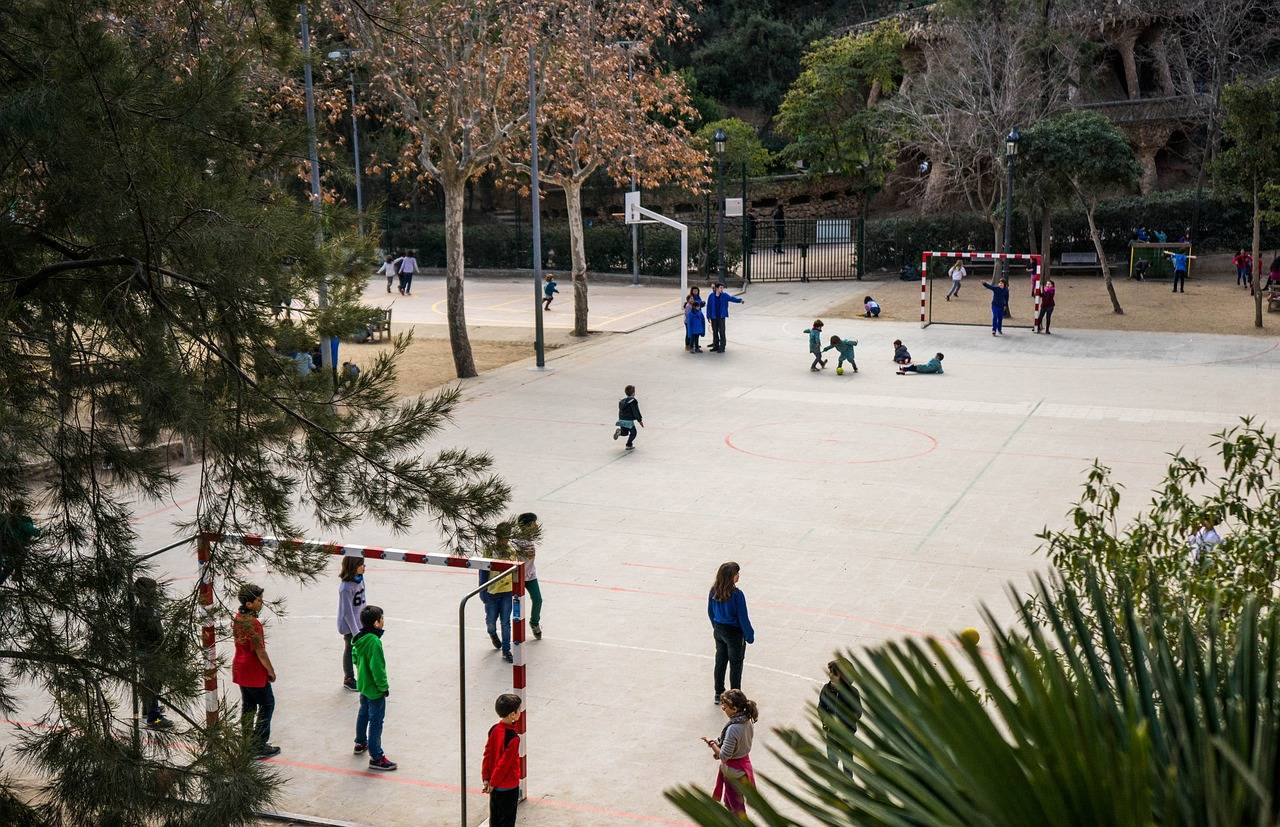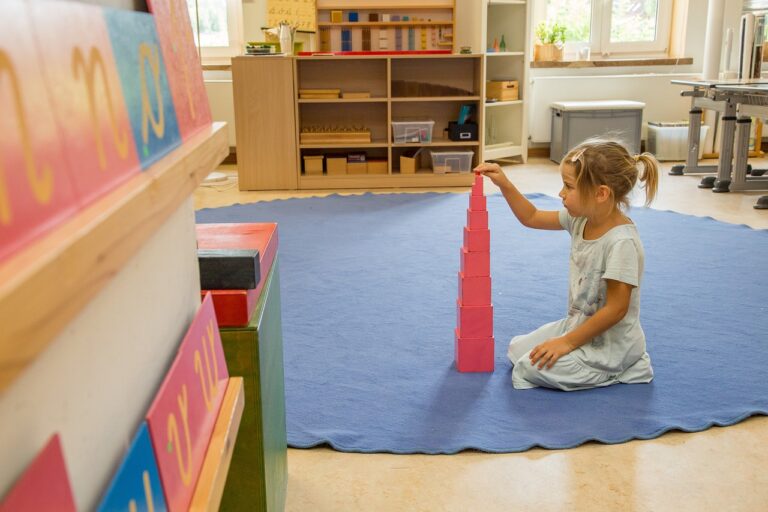Promoting Cultural Sensitivity Through Virtual Reality Scenarios
Cultural sensitivity is a fundamental aspect of effective communication and interaction in our increasingly diverse society. By understanding and respecting the values, beliefs, and practices of different cultural groups, individuals can foster positive relationships and create inclusive environments. Lack of cultural sensitivity can lead to misunderstandings, conflicts, and barriers to collaboration, hindering personal and professional growth.
Embracing cultural sensitivity not only promotes social harmony and mutual respect but also enhances empathy and open-mindedness. It allows individuals to broaden their perspectives, challenge stereotypes, and appreciate the richness of cultural diversity. When people acknowledge and embrace cultural differences, they contribute to a more tolerant and harmonious society where individuals from all backgrounds feel valued and respected.
Exploring the Role of Virtual Reality in Cultural Competence Training
Virtual reality (VR) has emerged as a powerful tool in providing immersive and interactive training experiences for various industries, including cultural competence training. By creating realistic simulations of diverse cultural scenarios, VR offers a safe environment for individuals to explore and understand different cultural norms, values, and practices. This hands-on approach not only enhances participants’ knowledge but also fosters empathy and respect towards people from different backgrounds.
Moreover, VR allows for the customization of training scenarios based on specific cultural competencies that need to be addressed. This flexibility enables organizations to tailor training programs to meet the unique needs and challenges faced by their employees. With the ability to simulate real-life situations in a controlled setting, VR can help individuals develop practical skills in navigating cultural differences, communication styles, and conflict resolution strategies, ultimately improving their cultural competence and intercultural effectiveness.
Creating Immersive Virtual Reality Scenarios for Cultural Sensitivity
Virtual reality (VR) technology has opened up new avenues for enhancing cultural sensitivity training. By creating immersive scenarios within VR environments, individuals can experience firsthand the nuances and complexities of different cultures. This interactive approach allows for a more engaging and impactful learning experience, fostering a deeper understanding and appreciation for cultural diversity.
Through the use of VR, individuals can be placed in simulated situations where they must navigate cultural norms, communicate effectively across language barriers, and develop empathy for perspectives different from their own. These scenarios provide a safe space for users to make mistakes, learn from them, and ultimately improve their cultural competency. By incorporating VR into cultural sensitivity training programs, organizations can equip their employees with the skills and insights needed to thrive in an increasingly globalized world.
Why is cultural sensitivity important in today’s society?
Cultural sensitivity is important because it helps individuals understand and respect the diverse beliefs, values, and practices of different cultures. It promotes inclusivity, reduces discrimination, and fosters positive interactions among people from various backgrounds.
How can virtual reality technology enhance cultural competence training?
Virtual reality technology can enhance cultural competence training by providing immersive experiences that simulate real-life scenarios. This allows individuals to practice navigating cultural differences in a safe and controlled environment, helping them develop empathy, communication skills, and a deeper understanding of cultural nuances.
What are some key considerations when creating immersive virtual reality scenarios for cultural sensitivity?
When creating immersive virtual reality scenarios for cultural sensitivity, it is important to research and accurately represent diverse cultures, consult with cultural experts, incorporate feedback from individuals with lived experiences, and ensure that the scenarios promote empathy, understanding, and respectful interactions.
How can virtual reality scenarios be tailored to address specific cultural sensitivity issues?
Virtual reality scenarios can be tailored to address specific cultural sensitivity issues by focusing on relevant cultural topics, incorporating cultural norms and customs, highlighting common misconceptions, and providing opportunities for reflection and discussion. Tailoring scenarios to specific cultural contexts can help individuals develop a deeper appreciation for diversity and foster intercultural competence.





